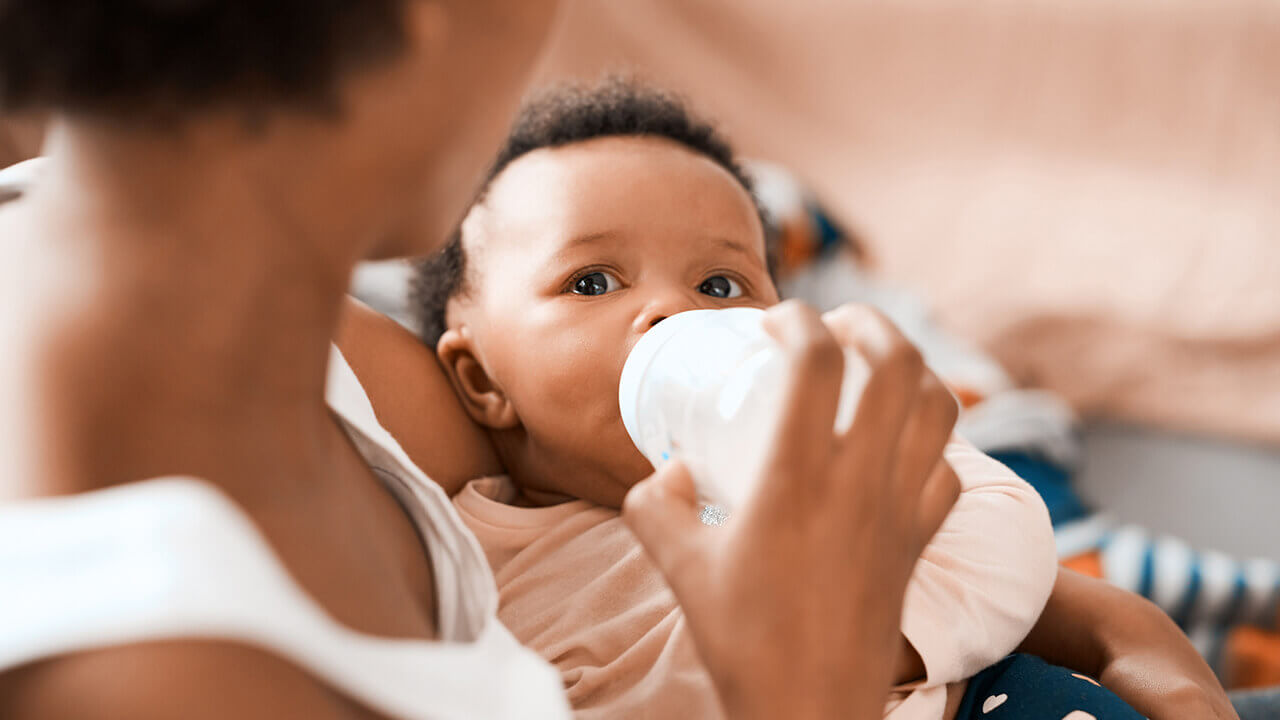What physical and emotional changes should I expect during pregnancy?


Nearly each day of pregnancy will bring new experiences, with body changes and emotional changes. You may wonder if some are typical of most pregnancies. You may also wonder if, and when, you should call your health care provider. Knowing common physical and emotional changes during pregnancy may help clarify some of your experiences.
Body aches are frequent and can be described in a number of ways. Sharp, stabbing, crampy, swollen, and/or bloated feelings are very common in early pregnancy as the uterus begins to enlarge in size. Most body aches are short-lived and rarely severe. Hip, pubic bone and general pelvic and lower back discomfort is normal from 18 weeks on and may require modifications of work related, or exercise related activities. Some women may benefit from various types of pregnancy belts to help support the belly; many are available at local pharmacies.
Some women may also experience other skin changes such as increased acne; a temporary pigmentation over the nose, cheeks and forehead; a dark line extending from the pubic bone to the top of the uterus; spider veins; and/or a reddening of the palms of the hands. Talk to your provider about any specific questions or concerns you may have.
Overweight women may only gain 10 to 15 pounds throughout pregnancy, and some may have even a small loss of weight if morbidly obese at the start of pregnancy. Weight gain beyond 25 to 35 pounds has implications for possible increased risks of cesarean delivery, larger baby and fetal injury at time of birth.
During pregnancy, you should only consume 300 more calories per day than the normal dietary needs.
Urination may become increasingly frequent due to enlargement of the uterus and pressure placed on the bladder. During pregnancy there is an increased risk for urinary tract infections, but common symptoms of UTI, such as painful urination, may be reduced due to hormonal changes in urinary tract. Severe urinary tract infections in pregnancy are marked by fevers, chills, nausea or vomiting and back pain. Contact your OB provider if you are experiencing these symptoms.
Heartburn is also often greater than before pregnancy and may require over-the-counter or prescription medications to alleviate symptoms. Talk with your doctor about your options.
Also, adjusting to new life after the baby is born can at times be nearly as stressful as it is joyful, and some women may experience feelings of sadness. This range of emotions is common. Feel free to talk to your obstetrician or health care provider at any time about dealing with the emotional changes of pregnancy and childbirth.
Nausea
"Morning sickness," as it is typically referred to, is present usually from 6 to 14 weeks, but may last the majority of the pregnancy. Some women do not experience morning sickness while others are hospitalized for periodic worsening that prevents proper hydration and/or nutrition. Morning sickness is most common early in the day, but it may be present the entire day. Treatment does not normally resolve symptoms completely; however, there are numerous therapies to attempt to modify symptoms. It may help to eat small meals throughout the day—don’t eat until full and avoid foods that don't sound or smell appetizing—choose bland foods when symptoms are the worst.Sore and growing breasts
Early in your pregnancy, your breasts may be tender and swollen. After the first few months, your areolas — the pigmented circles around your nipples — will also be bigger and darker. Later in the pregnancy as your breasts prepare for breastfeeding, they get even bigger and may leak an early form of milk called colostrum. Be sure to wear a well-fitting bra that provides both comfort and support.Fatigue and body aches
Fatigue is very common in the first four months of pregnancy. This is mostly due to the hormone effects of early pregnancy, but increased fatigue and decreased exercise tolerance is common throughout pregnancy. Generally, no detrimental effects are caused by fatigue in early pregnancy, but if tolerance to simple everyday events becomes notable you should talk to your physician.Body aches are frequent and can be described in a number of ways. Sharp, stabbing, crampy, swollen, and/or bloated feelings are very common in early pregnancy as the uterus begins to enlarge in size. Most body aches are short-lived and rarely severe. Hip, pubic bone and general pelvic and lower back discomfort is normal from 18 weeks on and may require modifications of work related, or exercise related activities. Some women may benefit from various types of pregnancy belts to help support the belly; many are available at local pharmacies.
Growing abdomen
The most apparent physical change will be your growing mid-section. For most women, this growth is noticed from the fourth month through the end of pregnancy.Stretch marks and skin changes
Stretch marks—they’re one of the most talked about changes during pregnancy, and also one of the most common. They appear in 50 to 90 percent of all pregnant women, usually showing up in the latter half of pregnancy. Typical areas affected during pregnancy include the lower abdomen, thighs, hips, buttocks, breasts and arms. While there is little you can do to prevent stretch marks, rest assured they will eventually fade and become much less noticeable.Some women may also experience other skin changes such as increased acne; a temporary pigmentation over the nose, cheeks and forehead; a dark line extending from the pubic bone to the top of the uterus; spider veins; and/or a reddening of the palms of the hands. Talk to your provider about any specific questions or concerns you may have.
Weight gain
Normal weight gain ranges from 25 to 35 pounds. Most weight gain happens between 10 to 40 weeks with approximately 8 pounds per 10 weeks. During the first 10 weeks, some may have a small drop in weight or if nausea and/or vomiting issues are steady, but most women gain 3 pounds or less in the first 10 weeks.Overweight women may only gain 10 to 15 pounds throughout pregnancy, and some may have even a small loss of weight if morbidly obese at the start of pregnancy. Weight gain beyond 25 to 35 pounds has implications for possible increased risks of cesarean delivery, larger baby and fetal injury at time of birth.
During pregnancy, you should only consume 300 more calories per day than the normal dietary needs.
Digestive and urinary issues
The digestive system slows down the movement of fluids and solids through the body during pregnancy and increased uterine size increases pressure on intestinal tract. Both processes increase the risk for nausea, vomiting, constipation and hemorrhoids. Uptake of crucial minerals and vitamins (such as iron, vitamin B6 and vitamin B12—especially in strict vegetarian diets) is decreased, so it is important to take prenatal vitamins. Folic acid is also very important in early pregnancy: 800 to 1000 mcg daily.Urination may become increasingly frequent due to enlargement of the uterus and pressure placed on the bladder. During pregnancy there is an increased risk for urinary tract infections, but common symptoms of UTI, such as painful urination, may be reduced due to hormonal changes in urinary tract. Severe urinary tract infections in pregnancy are marked by fevers, chills, nausea or vomiting and back pain. Contact your OB provider if you are experiencing these symptoms.
Heartburn is also often greater than before pregnancy and may require over-the-counter or prescription medications to alleviate symptoms. Talk with your doctor about your options.
Emotional changes
From the moment you find out you are pregnant, you will surely feel a heightened sense of emotions and you will likely experience changing emotions throughout your pregnancy. Many things, including hormonal changes in your body, can contribute to mood swings.Also, adjusting to new life after the baby is born can at times be nearly as stressful as it is joyful, and some women may experience feelings of sadness. This range of emotions is common. Feel free to talk to your obstetrician or health care provider at any time about dealing with the emotional changes of pregnancy and childbirth.



